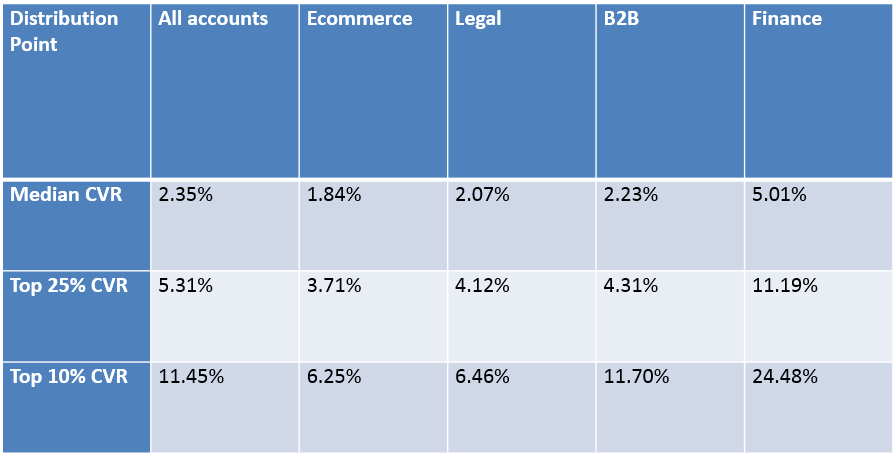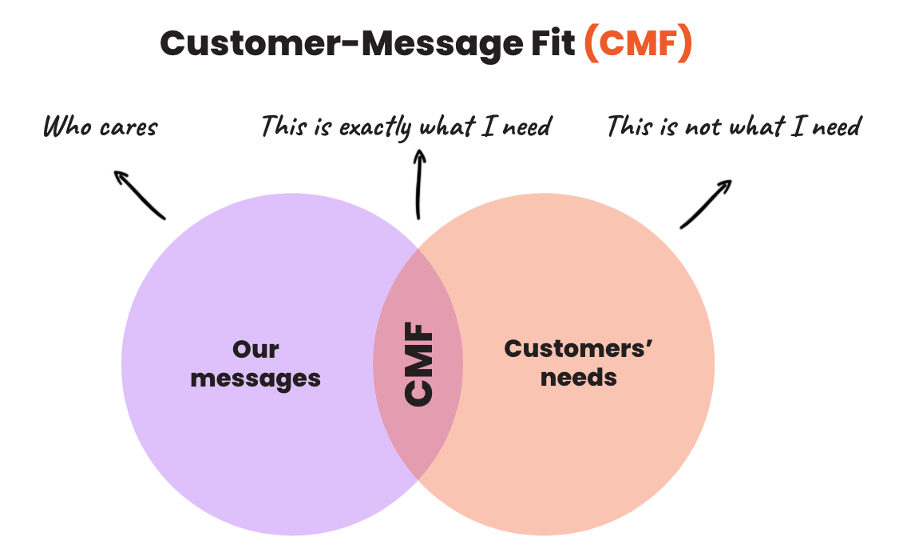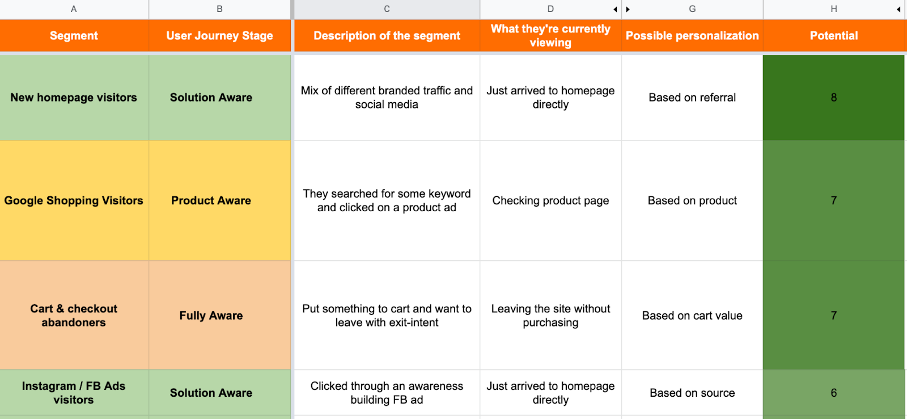- Blog
- Why Your Conversion Rate is Low and How to Fix It?
Why Your Conversion Rate is Low and How to Fix It?
-
Csaba Zajdo
- Conversion
- 6 min read
Table of Contents
If you’re an online store owner or marketer, then a low conversion rate is surely your nemesis.
Few things are more frustrating than spending tons of money on ads only to achieve subpar returns. Considering how widespread this problem is, it’s no wonder a whole industry has sprung up around conversion rate optimization.
However, we’re going to argue that you shouldn’t hyper-focus on ecommerce conversions—you should also try to create satisfied customers. That’s because behind every conversion loss there’s a frustrated visitor, and behind every abandoned cart there’s a customer who isn’t happy with your offer.
In this post, we’ll discuss why your visitors don’t convert and go over how to improve the customer journey so that more of them do.
Let’s get right into it!
What is a low conversion rate?
A low conversion rate means that a small percentage of your website visitors are taking the desired action you’ve set in your goals. Exactly what qualifies as a low website conversion rate will vary based on your ecommerce website’s niche and target audience.
The desired action you’re tracking could be something like making a purchase, filling out a contact form, or subscribing to an email marketing newsletter. So for example, if very few people are proceeding to your checkout page, you likely have a problem with low conversions.
However, you’ll need to look at the overall context to determine whether or not your average website conversion rate is unacceptably low.
Average conversion rates
Understanding what constitutes a low conversion rate for your unique online business goals and circumstances is crucial.
According to industry leaders, the average ecommerce conversion rate is around 2.5% to 3%, but it’s important to note that conversion rates vary across industries.
Here are some stats from Wordstream that show the average conversion rates in different industries:

Once you do some research into what kind of conversion rates are typical in your industry, you can make informed decisions about what to do next.
A great first step is tailoring your marketing strategies to align with the user expectations and standards prevalent in your specific sector.
What is the potential reason for low conversion rates?
Low conversion rates usually mean that the online shoppers who reach your site aren’t interested in your offer or your content.
Finding “quick magic tricks” or using “growth hacks” isn’t a sustainable strategy for increasing your website’s conversion rate. That’s because even if you see a short-term conversion rate boost, you won’t create satisfied customers who will stay with your business.
Instead, you should focus on figuring out WHY your visitors don’t care about your messaging and value proposition.
If you can develop a unique selling proposition that your potential customers care about, you’ll see more conversions, more long-term revenue, and more satisfied customers.
In practice, finding Customer-Message Fit (CMF) is the best way to increase conversions.

Finding the right message that achieves CMF can be both simple and incredibly hard because it requires a deep understanding of your customers and their needs.
If you know your customers well, you can group them into segments and create personalized messages that perfectly address their needs (and thus increase your conversions).
Making sure that all your visitors see the right message means you’re going to need to create a seamless customer journey for each of them. Fixing your leaky sales funnel takes time and effort, but it’s worth it.
How to improve the customer journey for website visitors to improve conversion rates?
This is where Customer Value Optimization (CVO) comes in, empowering marketers to create a unique, remarkable, and meaningful customer journey.
Using Customer Value Optimization to improve your website’s performance is a three-step process.
Let’s take a look at how it works!
1. Customer journey analysis
The first step is to identify and prioritize any issues with the customer journey. At this point, you need to gather important data on how traffic tends to flow through your website using Google Analytics, session recordings, and surveys.
By identifying common segments of users who share an attribute like traffic source, preferences, or behavior, you can identify your biggest problems. Here are a few examples of common segments you might target to improve conversions:
- New homepage visitors who leave your website without doing anything
- Product page visitors who leave your site without purchasing
- Cart abandoners
Most likely, you’ll be able to discover dozens of issues in your ecommerce store, so you won’t be able to address all of them right away. You should figure out which are the most important ones (we like to call them “optimization opportunities”) and focus on those.
You can use a Google Sheet to create a prioritized, easily-accessible list of segments:

2. Optimization planning
After you’ve figured out which problems are responsible for your low conversion rates, it’s time to put together a series of hypotheses about HOW you can solve these issues.
This means that you’ll want to come up with a few ideas about how you can create a better customer experience for your site visitors.
Usually, you can solve a specific problem with the customer journey in many different ways.
For example, if lots of people are abandoning your site, you could ask for feedback or offer a discount on an exit-intent popup. You might also find that mobile users don’t convert as well as people using desktops, so optimizing your website for mobile devices could boost your conversion rate.
Since your resources are limited, you’ll have to prioritize your hypotheses and test the most promising ideas first.
3. Experimentation
The third step is to A/B test your hypotheses. Implementing your ideas and measuring the results they have on your conversion rate is the best way to optimize your site.
For example, you can test multiple landing pages to see which version will perform best. Maybe your landing page needs some social proof, or perhaps more compelling website copy or mobile-friendly improvements will do the trick. Experimentation is the only way to find out for sure.
If you want to fix low conversion rates, it’s important to regularly test how your website is performing. We call it the BML (Build-Measure-Learn) cycle because it’s a continuous process where the output of every cycle (what you’ve learned) can be the input for a new cycle.
Final thoughts
Customer Value Optimization is about prioritizing your customer’s needs, whether that involves increasing mobile-friendliness or transitioning from stock images to high-quality product photography.
And the best part is that creating a better customer experience won’t just result in increased ecommerce conversion rates—it will also help you build true connections and long-term relationships with your new and returning customers.
If you want to learn more about the power of Customer Value Optimization, read our Ultimate Guide To Customer Value Optimization!
Migration has never been easier
We made switching a no-brainer with our free, white-glove onboarding service so you can get started in the blink of an eye.

What should you do next?
Thanks for reading till the end. Here are 4 ways we can help you grow your business:
Boost conversions with proven use cases
Explore our Use Case Library, filled with actionable personalization examples and step-by-step guides to unlock your website's full potential. Check out Use Case Library
Create a free OptiMonk account
Create a free OptiMonk account and easily get started with popups and conversion rate optimization. Get OptiMonk free
Get advice from a CRO expert
Schedule a personalized discovery call with one of our experts to explore how OptiMonk can help you grow your business. Book a demo
Join our weekly newsletter
Real CRO insights & marketing tips. No fluff. Straight to your inbox. Subscribe now
Csaba Zajdo
- Posted in
- Conversion
Partner with us
- © OptiMonk. All rights reserved!
- Terms of Use
- Privacy Policy
- Cookie Policy
Product updates: January Release 2025








